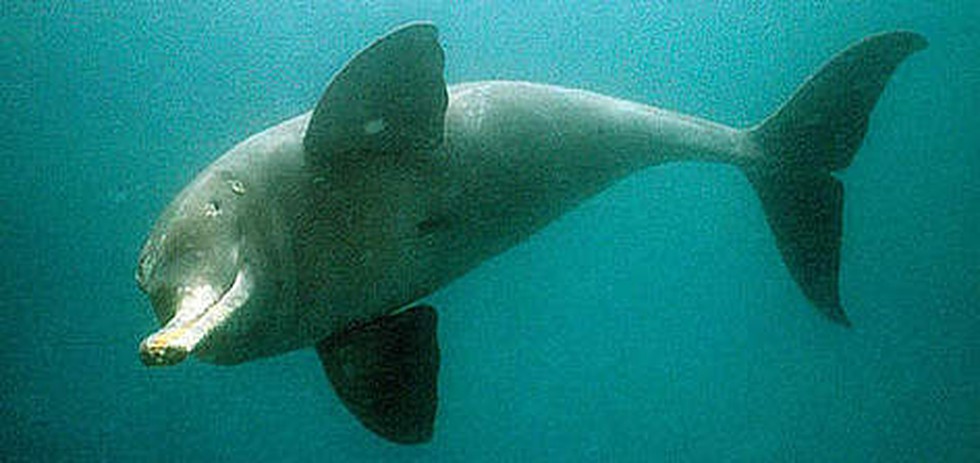
About:
NASA successfully launched its Advanc...
The Union Government is expected to r...
The Reserve Bank of India (RBI) has f...
Researchers from Kerala have reported...
Due to its vast economic benefits, it...
Recently, India’s External Affairs Mi...
A drunk driving case against a 40-yea...
Antihistamines are common drugs that ...
Scientists have now detected the most...
Recently, Microsoft unveiled the late...